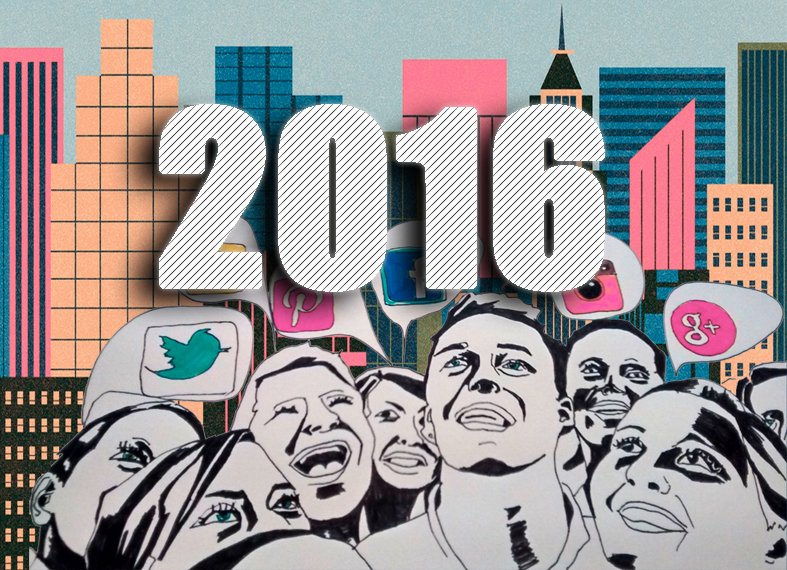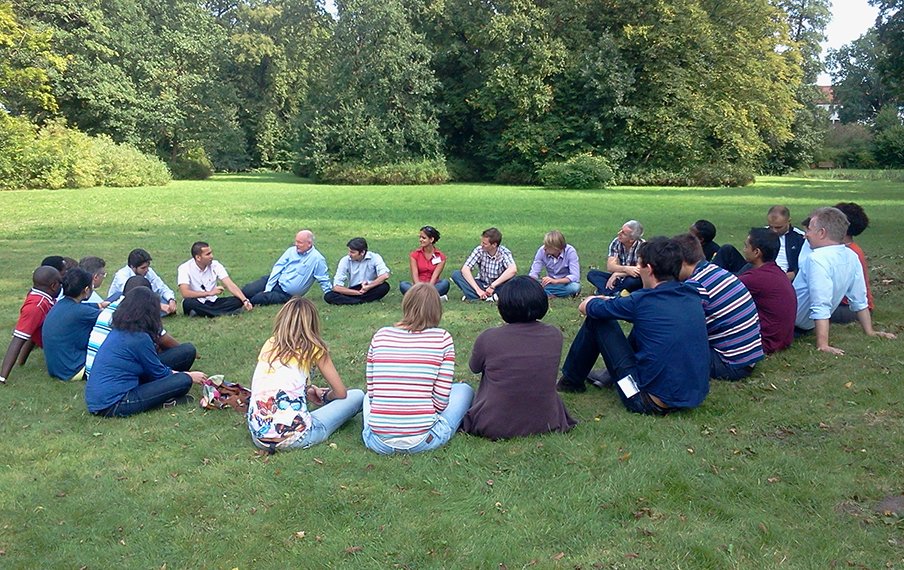The study, conducted by the CMO Council in collaboration with SAS, found that 61% of marketing executives and 60% of IT executives believe that big data presents both an opportunity and an obstacle, since many companies are struggling to manage the complexity, flow, aggregation and analysis of massive amounts of structured and unstructured data flowing in to their organizations.
Marketing and IT executives, however, disagreed about the focus of big data. While 39% of IT executives believe that big data has primarily focused importance on IT systems and data availability, 52% of marketers believe that big data has identified business opportunities.
Of course –in the end- big data is very important, but the thing is, the underlying fundamental part, engagement and collaboration as this example shows, is key to have a competitive differentiator.Big data cannot be effectively deployed without a shared goal, shared vision and so on.
Big data is also in another way an “effect” of collaboration, engagement and the human capital.
Technologies are great to cost-effectively connect and engage with customers, but all too often, this technology-centric approach is just part of the solution to sustainable growth.
The truth is, and I know, having consulted clients for seven years on marketing with the usage of all kinds of technologies, if they don’t adapt to technologies, are not able to get used to technology, finding the advent of a new technology intrusive to existing habits, a company can want to be customer-centric, but it won’t happen (effectively).
Gallup showed that it needs both employee and customer engagement to achieve business performance boosts of 240%. Tempkin Group’s Virtuous Cycle shows that the starting point is the Employee:
It’s Employees First, Customers Second, Technology Third, kind of Forrester Research’s POST model, starting with the people, then objectives and strategy and ultimately the technology that supports the three aspects effectively.
Be sure to co-create with employees the best adaptations to customer behavior and how and which technologies can support doing so.
Don’t mechanize your organization but humanize it. Effective big data execution starts with your employees, your employees create customer-centric cultures, not big data, this is “just” a fantastic vehicle.
Gianluigi Cuccureddu is co-founder of Damarque, helping you to improve your commercial performance through better engagement with your employees, customers and strategic business partners.
We offer high-impact training, coaching and consulting services for professionals, teams and organizations to help improve people ánd organizational performance and innovation capability in an efficient and sustainable way.




























